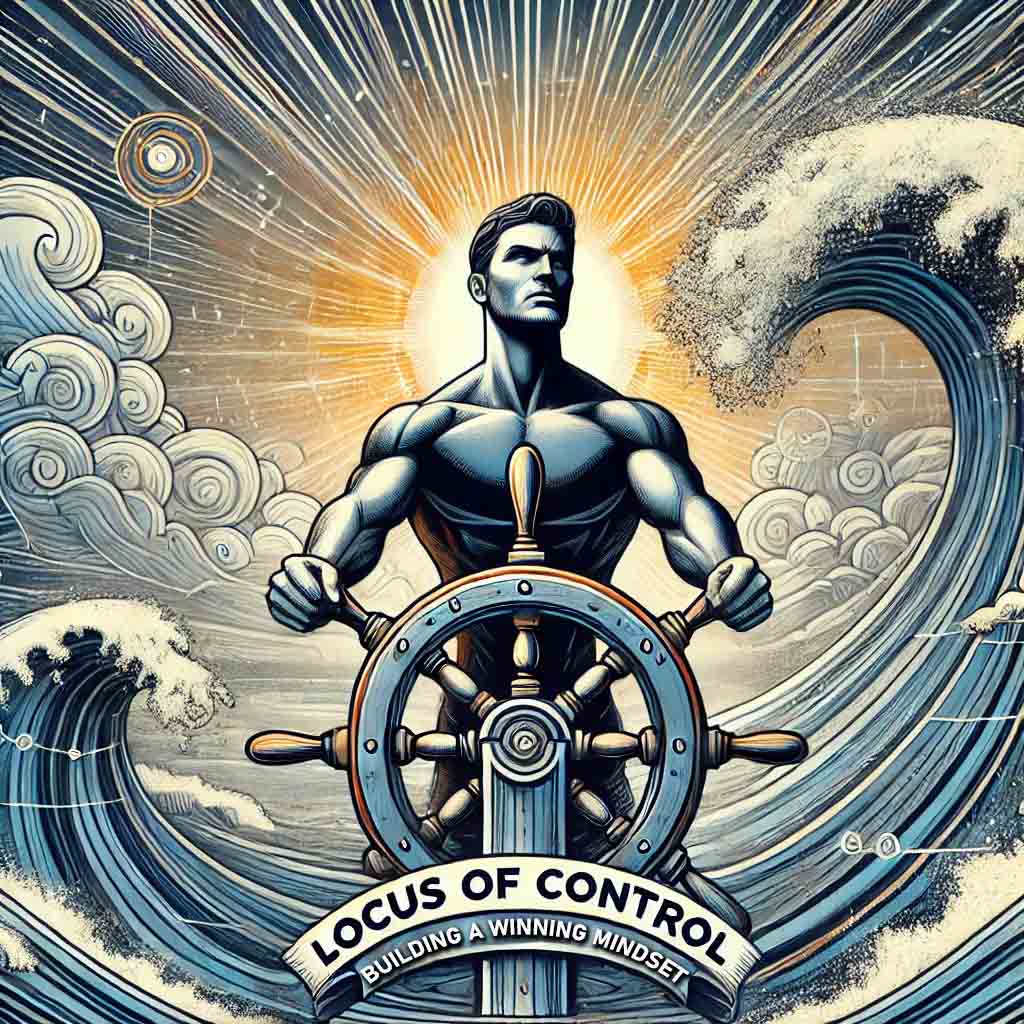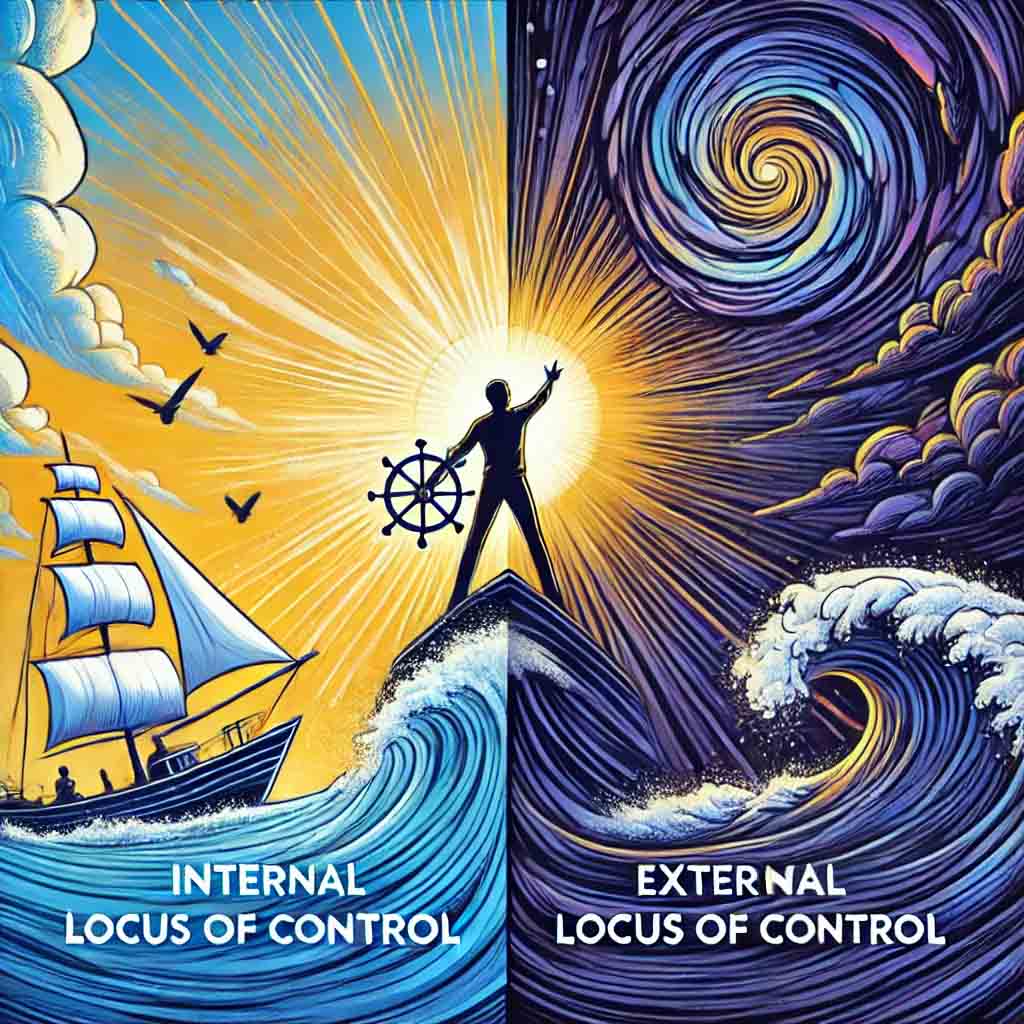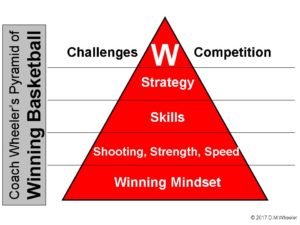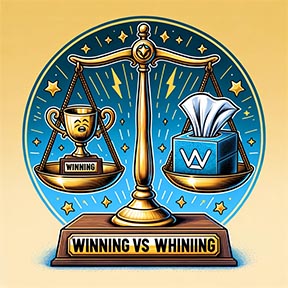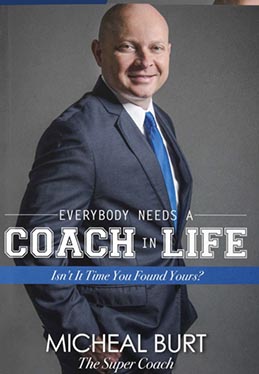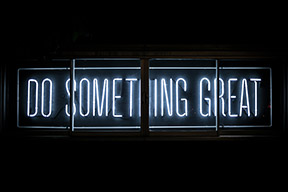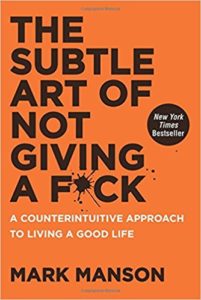Why Embracing the Struggle Leads to Growth
In today’s fast-paced world, where immediate results are often prioritized over long-term growth, the concept of “struggle time” can seem counterintuitive. As a teacher and coach, I’ve found that one of the most challenging aspects of my role is convincing administrators, parents, and especially students or players, that struggling is not just okay—it’s essential.
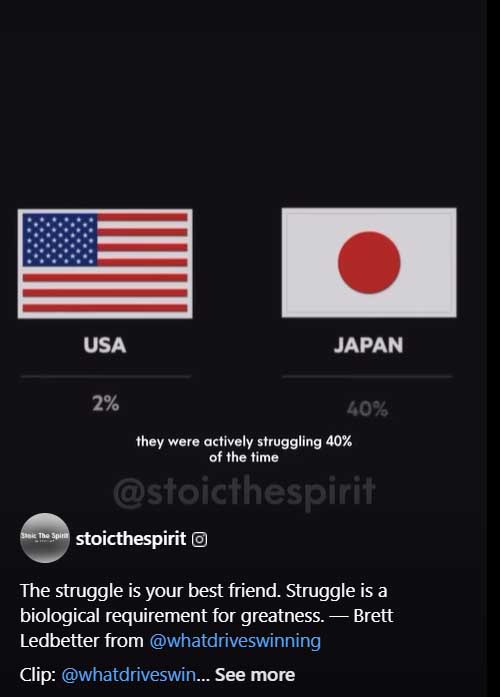
The video shared in a recent Facebook post (link below) illustrates the profound impact of embracing struggle. But what exactly is “struggle time,” and why is it so crucial?
https://www.facebook.com/share/r/F9286Xwytiz8BDoM
Understanding “Struggle Time”
“Struggle time” refers to the period during which an individual is faced with a challenging task, one that is not immediately solvable. This is the time when frustration, confusion, and even failure might occur. It’s the time when the mind is pushed to its limits, where the easy solutions don’t work, and where one is forced to think critically, creatively, and persistently to overcome obstacles.
In educational and athletic contexts, struggle time is often viewed as a negative experience. Many believe that if a student or player is struggling, it means they are not understanding the material or that they are not performing well. However, this mindset overlooks the fundamental truth that growth occurs in the struggle. It is in these moments of difficulty that true learning and development happen.
The Value of Struggle in Learning
Research in educational psychology supports the idea that struggle is a critical component of learning. When students or athletes are presented with challenges that are slightly beyond their current abilities, they are forced to engage more deeply with the material or skill. This deeper engagement leads to a more profound understanding and mastery.
Consider the concept of “desirable difficulties,” coined by psychologist Robert Bjork. Desirable difficulties are challenges that make learning harder in the short term but improve long-term retention and performance. When students are given time to struggle through a problem, they are more likely to remember the solution and understand the underlying principles. This is because the effort required to overcome the difficulty creates stronger neural connections in the brain.
Struggle in Sports: Building Resilience and Character
In sports, struggle time is just as critical. It’s easy to celebrate the victories, the moments of triumph where everything comes together. But it’s in the moments of struggle—when the game isn’t going well, when the training is grueling, when the competition is fierce—that athletes develop the resilience and mental toughness needed to succeed.
Take the story of Michael Jordan, widely regarded as one of the greatest basketball players of all time. Jordan was cut from his high school basketball team as a sophomore. He didn’t make the team, and that struggle drove him to work harder, to push himself beyond what he thought was possible. Jordan himself has said that it was the struggles, the failures, and the challenges that made him the player he became.
Struggle time teaches athletes to persevere, to keep pushing when things are tough. It teaches them that failure is not the end but a stepping stone to success. It builds character, resilience, and a mindset that welcomes challenges as opportunities for growth.
Overcoming the Resistance to Struggle Time
Despite the clear benefits of struggle time, there is often resistance to embracing it. In the classroom, parents and administrators may worry that students who are struggling are falling behind. They may push for easier tasks or more assistance, thinking that this will help the student succeed. In sports, coaches may feel pressured to focus on winning rather than development, leading to a reluctance to let players experience the struggle.
This resistance is understandable. We all want to see our students and athletes succeed. We want to protect them from failure and frustration. But in doing so, we may be doing them a disservice. By shielding them from struggle, we deny them the opportunity to develop the skills and mindset they need to overcome challenges in the future.
To overcome this resistance, it’s important to reframe the way we think about struggle. Instead of viewing it as a sign of failure, we need to see it as a necessary part of the learning process. We need to communicate to students, athletes, parents, and administrators that struggle is not something to be feared but something to be embraced.
Practical Strategies for Implementing Struggle Time
So, how can we, as teachers and coaches, effectively implement struggle time in our classrooms and on our teams? Here are some practical strategies:
- Normalize Struggle: Start by normalizing struggle in your environment. Talk openly about the challenges you face and how you’ve overcome them. Share stories of famous individuals who have struggled and persevered. Encourage students and athletes to share their own struggles and how they’ve worked through them.
- Create a Safe Environment: For struggle time to be effective, students and athletes need to feel safe. They need to know that it’s okay to make mistakes and that failure is part of the process. Create an environment where effort is valued as much as success, and where individuals are encouraged to take risks and push themselves.
- Provide Appropriate Challenges: It’s important to provide challenges that are appropriate for the individual’s current level. The tasks should be difficult enough to require effort but not so difficult that they become overwhelming. As students and athletes grow, gradually increase the difficulty of the tasks to continue pushing them out of their comfort zones.
- Offer Support, Not Solutions: When students or athletes are struggling, it’s natural to want to step in and help. But instead of providing the solution, offer support that helps them find the solution themselves. Ask guiding questions, provide hints, and encourage them to keep trying. This approach helps them develop problem-solving skills and builds confidence in their ability to overcome challenges.
- Celebrate the Struggle: Finally, celebrate the struggle itself. Recognize and reward the effort and perseverance that individuals show, regardless of the outcome. This reinforces the idea that the process of struggling is valuable and worth celebrating.
The Long-Term Benefits of Embracing Struggle
When we allow students and athletes to experience struggle time, we are helping them develop skills and qualities that will benefit them far beyond the classroom or the sports field. These include:
- Resilience: The ability to bounce back from setbacks and keep going even when things are tough.
- Critical Thinking: The ability to analyze problems, think creatively, and develop solutions.
- Perseverance: The determination to keep working towards a goal, even in the face of challenges.
- Self-Confidence: The belief in one’s own ability to overcome obstacles and achieve success.
These are the qualities that will help individuals succeed in all areas of life. Whether they are facing challenges in their careers, their personal lives, or in their communities, the skills and mindset developed through struggle time will serve them well.
Conclusion: The Power of Struggle
The video shared in the Facebook post is a powerful reminder of the value of struggle. It shows that when we give students and athletes the time and space to struggle, we are not setting them up for failure—we are setting them up for success. By embracing struggle time, we help them develop the skills, mindset, and character they need to thrive.
Here is another example from Coach Calipari (back when he coached at Kentucky)… check it out!
As a teacher and coach, it’s my job to guide my students and athletes through the challenges they face. But it’s also my job to let them struggle, to let them experience the frustration, the confusion, and the effort that are necessary for true growth. It’s not always easy, and it’s not always popular, but it’s one of the most important things I can do to help them become the best versions of themselves.
So, the next time you see a student or athlete struggling, resist the urge to step in and fix it for them. Instead, offer support, encouragement, and the time they need to work through the challenge. In doing so, you’ll be helping them develop into resilient, confident, and capable individuals who are ready to take on whatever life throws their way.

